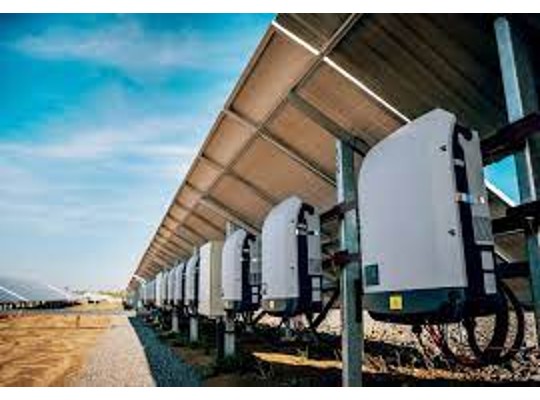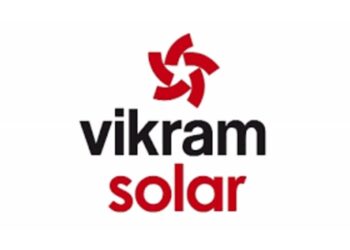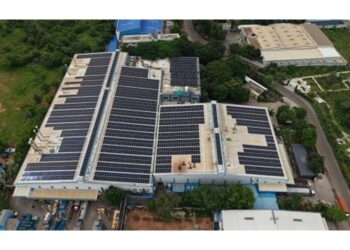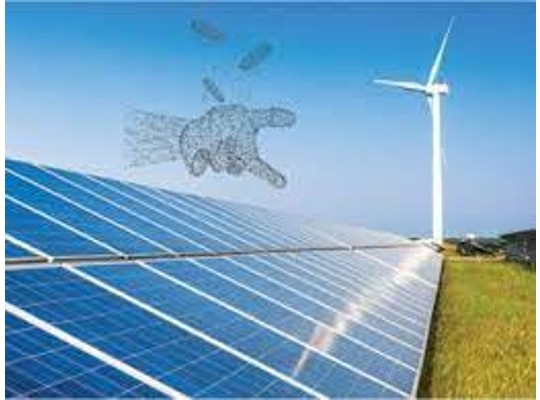The Bureau of Energy Efficiency (BEE), part of the Ministry of Power, government of India, has introduced another standards and labeling programme. This initiative is designed to assist consumers in making informed decisions regarding the cost-effectiveness and energy efficiency of different energy-consuming appliances. Ultimately, it empowers consumers to conserve energy, reduce electricity usage, and contribute to environmental sustainability. The standards and labeling programme for grid connected solar inverter has been initiated as part of the voluntary phase, effective from March 15, 2024, until December 31, 2025.
The program will operate as a minimum energy performance standard for grid-connected solar inverters without storage, specifically targeting those with a rated capacity of up to 100 kW. This aligns with the recent quality control order for solar photovoltaic inverters issued by the Ministry of New and Renewable Energy. The programme would only be accessible by BIS-certified solar inverters that complied with IS 16221-2:2015, the safety standard. The endorsement label that has been adopted is based on minimum overall efficiency standards as per IEC 62891:2020/ IS 17980:2022 as modified from time to time. The details of the requirement for minimum overall efficiency for rated power output are also provided for the programme. During the unveiling, the power minister emphasised the substantial influence of the BEE’s standards and labeling programmes in reducing carbon dioxide emissions, resulting in an annual decrease of 60 million tonnes. He stressed the significance of such endeavors in maintaining product quality, cutting costs, and bolstering the global competitiveness of Indian products. Additionally, the minister highlighted the potential of the new programme to complement the government’s rooftop solar initiative, particularly enhanced by the PM-Surya Ghar Muft Bijli Yojana, which has already led to notable decrease in transmission and distribution losses as well as carbon emissions.
In fiscal year 2022–2023, the entire market size for solar inverters was estimated by the BEE to be at 2,520 MW. Of this total, 80 per cent of the market share was held by grid-connected solar inverters, highlighting the role of inverters in nation’s transition to renewable energy sources. The market is expected to rise and reach a valuation of Rs 93.52 billion by 2026. This increase indicates a 14.4 per cent compound annual growth rate between 2020 and 2026, which is indicative of rising investments and the growing nationwide usage of solar energy solutions. According to a thorough market analysis by BEE, solar inverters with rated output power capacities between 1 and 10 kW are highly preferred. These inverters account for around 63 per cent of the market for grid-connected solar inverters. On the other hand, 13 per cent of inverters in the market have a capacity between 11 and 20 kW, while 24 per cent have a capacity greater than 20 kW. The distribution of demand for solar inverters suggests a wide range of applications, spanning from smaller residential installations to bigger commercial and industrial setups.












